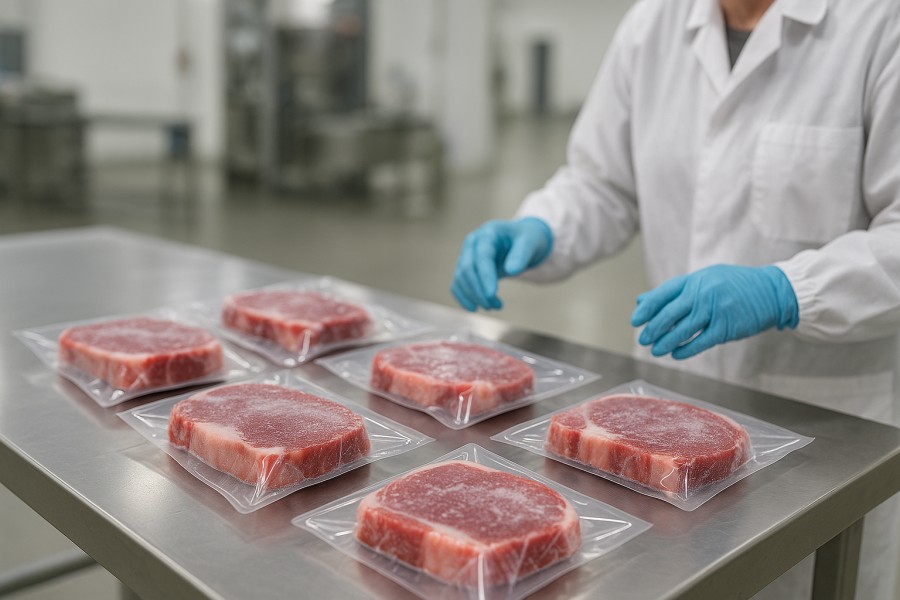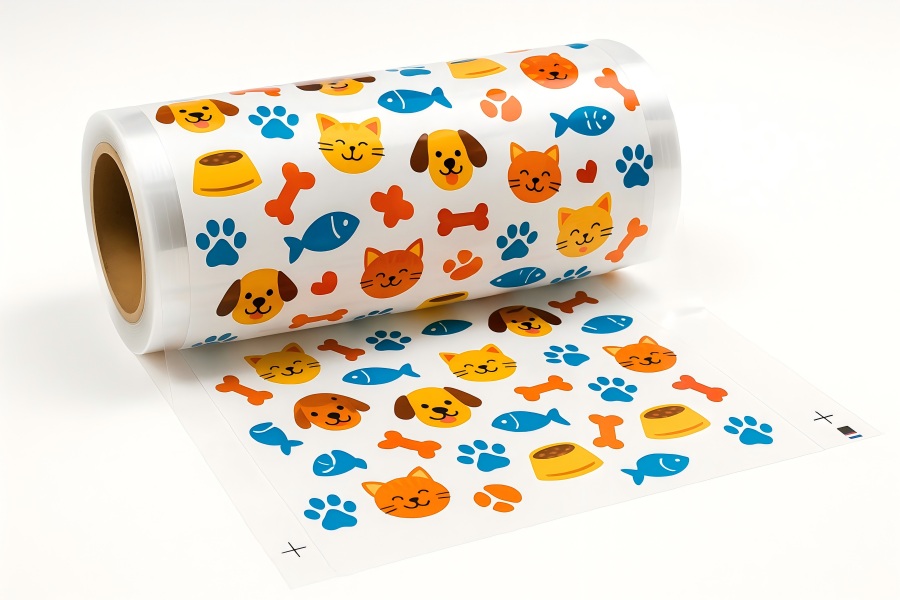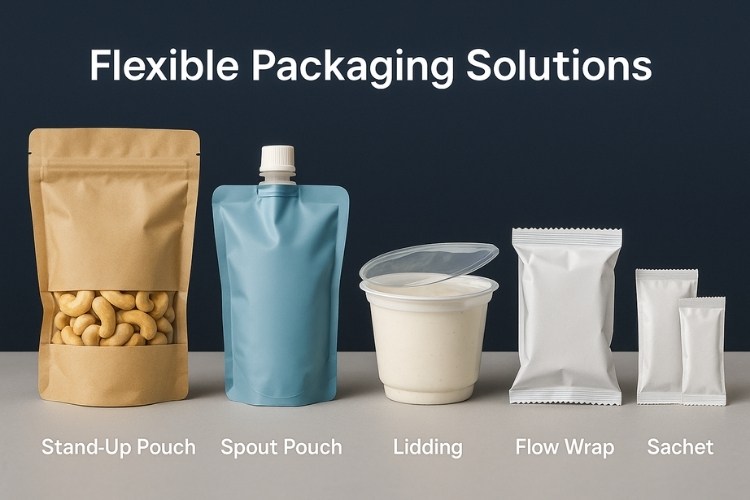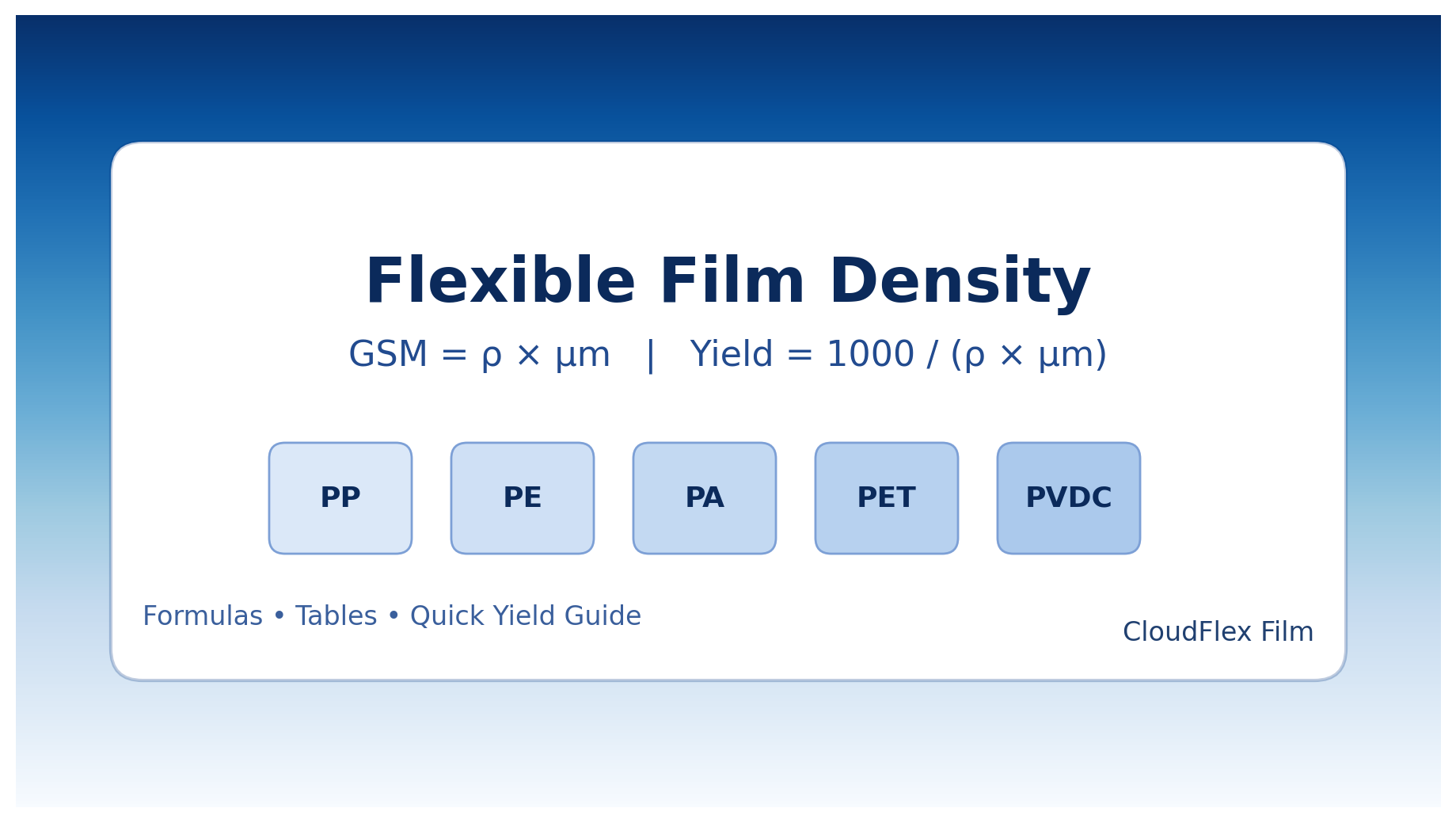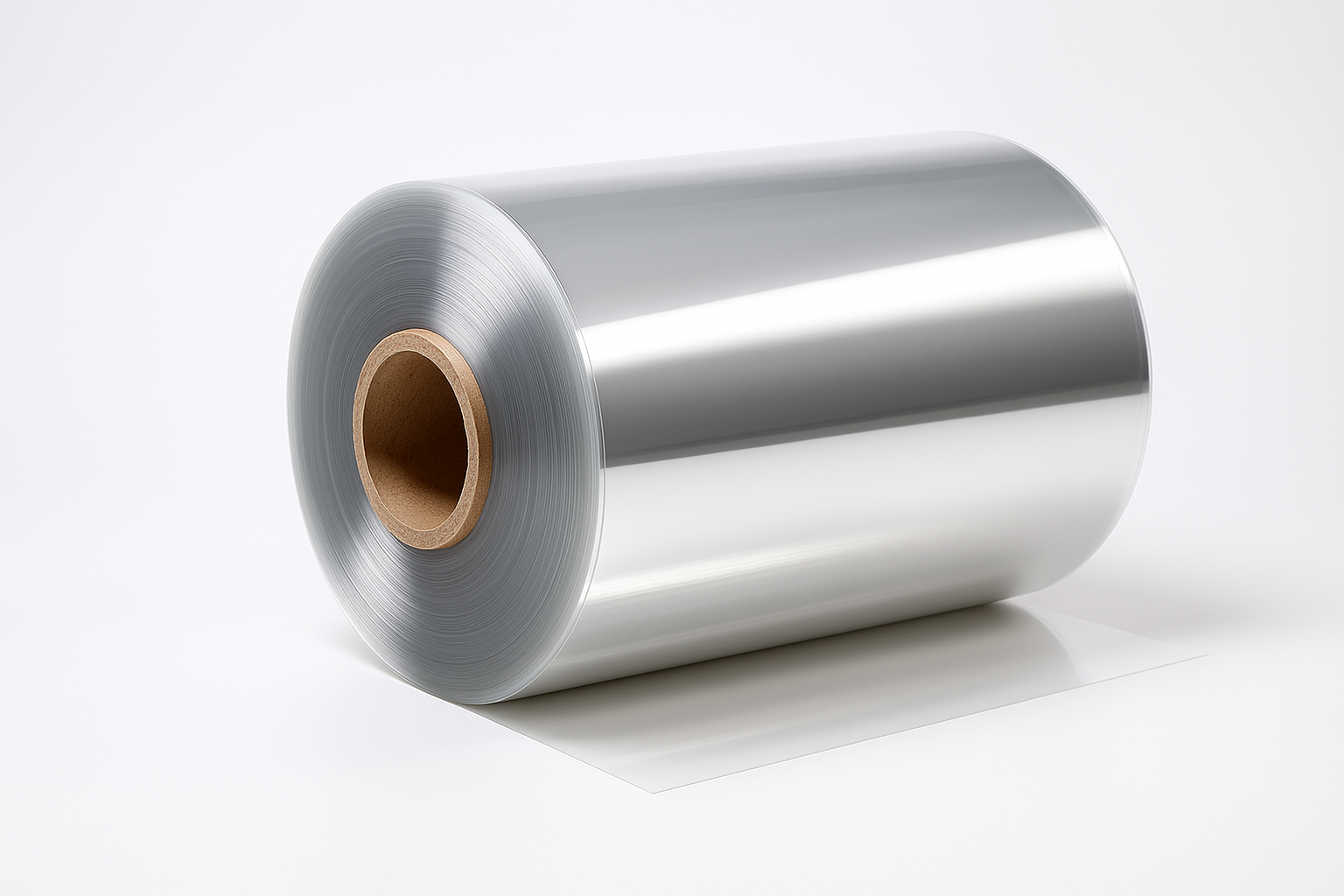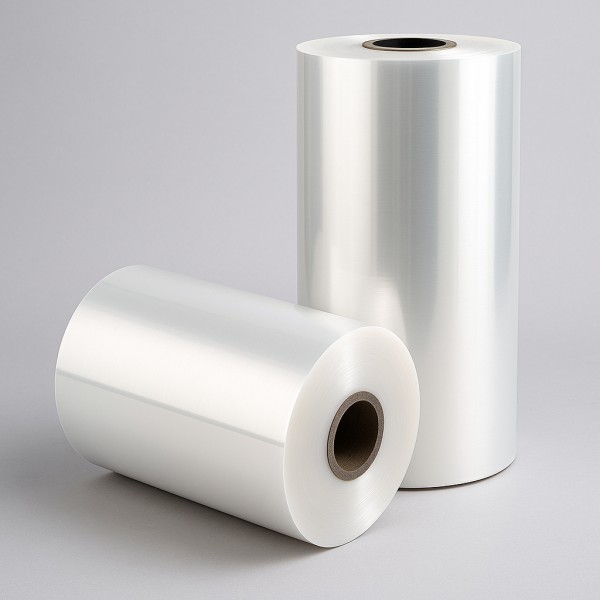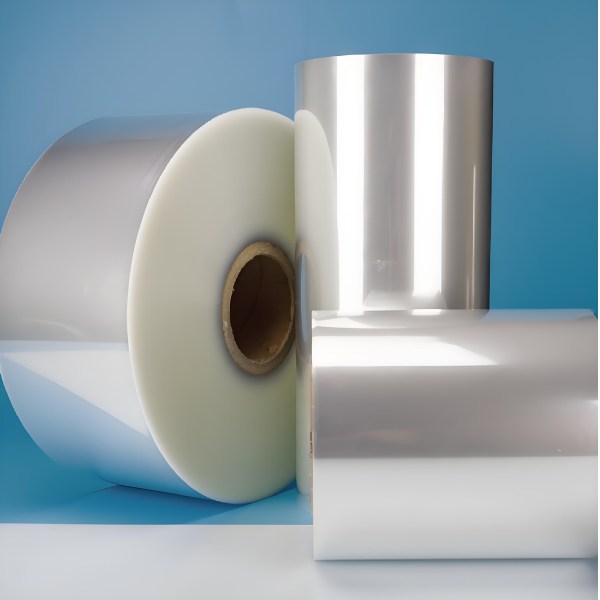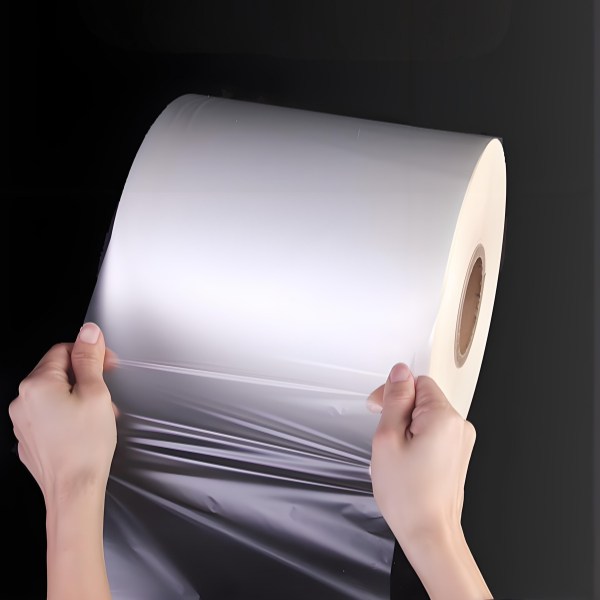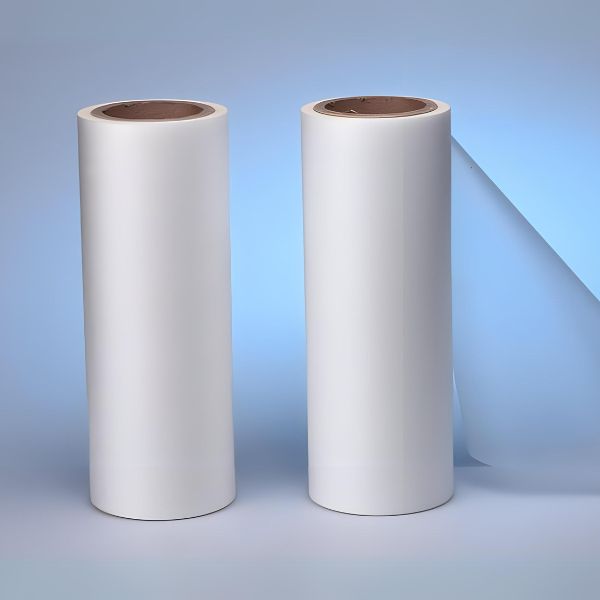When it comes to flexible packaging films, matt BOPP (Biaxially Oriented Polypropylene) stands out for its excellent printability, aesthetic appeal, and versatility. One of the most critical technical parameters you need to consider when selecting or evaluating this material is its density.
In this article, we’ll explore what matt BOPP film density is, why it matters, and how it influences the performance and suitability of the film in various applications.
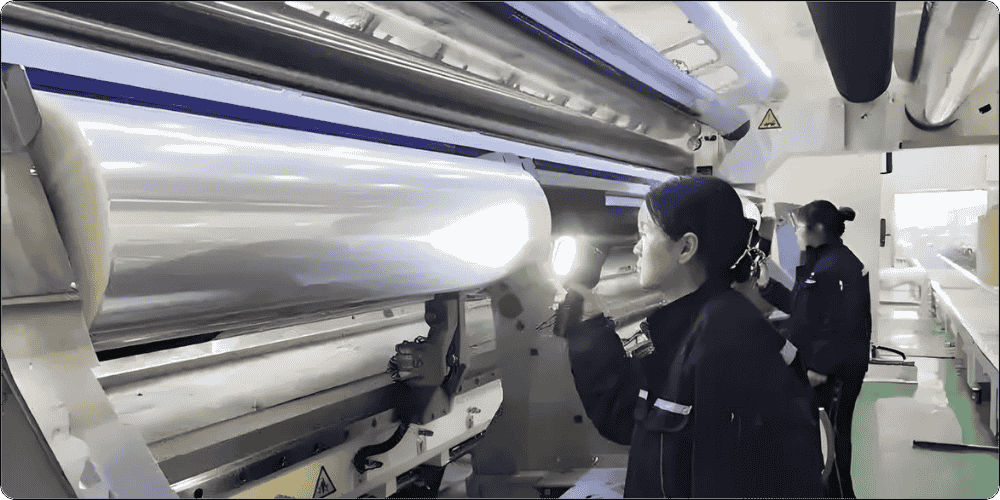
{ BOPP Matte Film Production Line }
What Is Matt BOPP Film Density?
Density, in the context of polymer films, refers to the mass per unit volume, typically expressed in grams per cubic centimeter (g/cm³). For matt BOPP film, density not only reflects the material’s composition but also affects its mechanical properties, transparency, and surface characteristics.
Typical Density Range for Matt BOPP Film
In the flexible packaging industry, the density of matt BOPP film typically falls between 0.90 and 0.92 g/cm³. This range can vary depending on the formulation—films with higher mineral filler content may have a density closer to the upper limit, while unfilled or lightly filled films tend to be on the lower end.
At CloudFilm, we ensure that our matt BOPP films are precisely engineered to meet your required density specifications, balancing performance, aesthetics, and cost-efficiency.
Why Does Density Matter?
1. Mechanical Strength and Durability
Higher density often correlates with improved tensile strength and puncture resistance. If your packaging requires durability during transportation or handling, you may want a film with a density on the higher side of the typical range.
2. Optical and Surface Properties
Density influences the opacity and surface texture of the film. A controlled density helps achieve the desired matt finish and ensures consistent print quality, which is essential for high-end packaging.
3. Cost and Material Efficiency
Lower density films may offer cost savings due to reduced material usage, but they must still meet performance requirements. Understanding the density allows you to optimize material usage without compromising quality.
4. Environmental Impact
Lighter films (lower density) can contribute to reduced plastic consumption and lower carbon footprint, aligning with sustainability goals. However, this must be balanced with functional performance.
| Property | Low Density (~0.90 g/cm³) |
Standard Density (~0.91 g/cm³) |
High Density (~0.92 g/cm³) |
| Stiffness | Lower | Moderate | Higher |
| Transparency | Higher | Moderate | Slightly Reduced |
| Heat Resistance | Moderate | Good | Excellent |
| Typical Applications | Light-duty bags | Food packaging | Labels & laminates |
{ The Effect of Different Densities on the Performance of BOPP Matte Film }
How Is Density Measured?
Density is typically measured using standardized methods such as ASTM D792 or ISO 1183. These involve calculating the mass-to-volume ratio of a sample, often through liquid displacement or gas pycnometry. At CloudFilm, we use advanced testing equipment to ensure that every batch of matt BOPP film meets the specified density tolerances, guaranteeing consistency and reliability.
Applications of Matt BOPP Film by Density
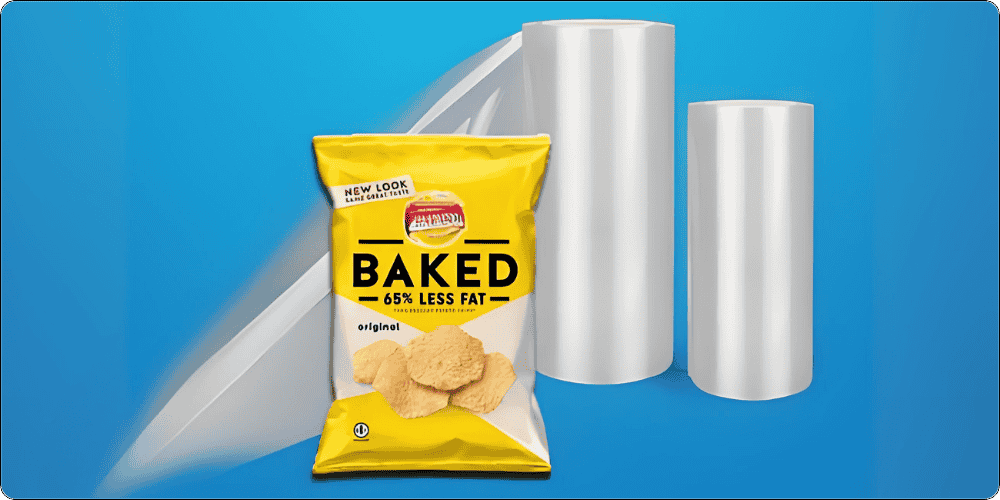
{ BOPP Matte Film Is Suitable For Various High-End Food Packaging }
Different applications may call for different density specifications:
- Food Packaging: Films with a density around 0.91 g/cm³ are often preferred for their balance of strength and lightweight properties.
- Labeling and Overwrap: Slightly higher density films (up to 0.92 g/cm³) provide enhanced stiffness and dimensional stability.
- Laminations: When used as part of a multi-layer structure, the density of the matt BOPP layer affects the overall performance of the laminate, including barrier properties and sealability.
Conclusion
In summary, matt BOPP film density is more than just a number—it’s a key indicator of the film’s performance, cost-efficiency, and suitability for specific applications. Whether you’re an engineer, procurement specialist, or packaging designer, understanding this parameter will help you make better material choices.

{ CloudFilm Can Provide You With High-Quality BOPP Matte Film }
If you’re looking for high-quality matt BOPP film with a density tailored to your needs, CloudFilm is here to help. Contact us today to discuss your requirements or request samples, and let’s create smarter, more sustainable packaging solutions together.


